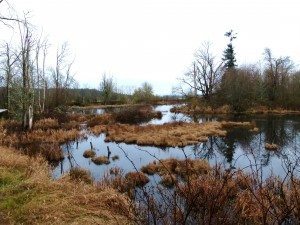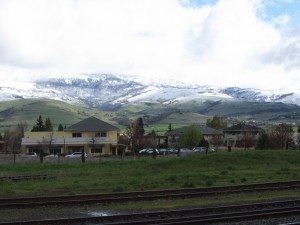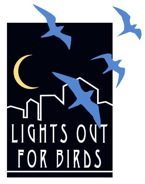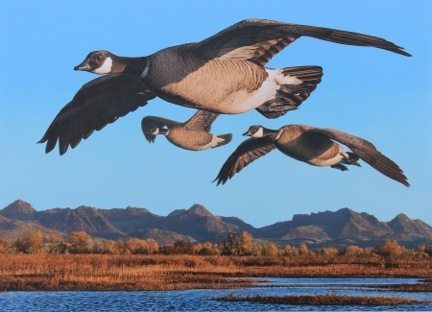A chance to do better by Petaluma swallows
By Ilana DeBare
There’s some potentially good news for the Cliff Swallows near the Highway 101 overpass in Petaluma: Caltrans may reevaluate the use of netting that has trapped and killed more than one hundred birds at that bridge.
Faced with an ongoing lawsuit by conservation groups including Golden Gate Bird Alliance, Caltrans in July asked for information about the netting’s impact on swallows and whether it is significant enough to require a more complete environmental assessment than was initially done.
“Caltrans now has a chance to get this project right, and should immediately supplement the environmental review so bird protection measures can be evaluated and in place before swallow nesting season,” said Veronica Bowers of Native Songbird Care and Conservation, the Sonoma County group that raised the initial alarm over the deadly netting. “Disturbing the nesting colony and killing swallows again this spring is not an option.”
The Petaluma overpass problem started last spring, when Caltrans began widening Highway 101. The overpass has long been a nesting destination for Cliff Swallows who have made the thousand-mile flight up from wintering grounds in South America.
 Petaluma River bridge / Photo courtesy of Native Songbird Care & Conservation
Petaluma River bridge / Photo courtesy of Native Songbird Care & Conservation
 Swallows in netting / Photo by Scott Manchester, Santa Rosa Press Democrat
Swallows in netting / Photo by Scott Manchester, Santa Rosa Press Democrat
The Migratory Bird Treaty Act prohibits disturbance of nests. So to prevent the swallows from nesting in the construction area, Caltrans installed netting on the bridge. Exclusion of nesting birds is often standard procedure for construction projects, but the Petaluma nets were sloppily installed and turned out to be a death trap — entangling, maiming and killing scores of birds.
Despite numerous protests by wildlife lovers, Caltrans refused to remove the nets and consider alternative, safer ways to prevent the swallows from nesting there. So in May, the Animal Legal Defense Fund, Center for Biological Diversity, Madrone Audubon, Marin Audubon, GGBA and Native Songbird Care filed suit to halt the killing.
The judge turned down our initial request for an injunction to stop the project. But now nesting season is over for the year. Caltrans has a window of several months to reevaluate this ill-starred strategy and come up with a better approach.
Will they do so? We’re keeping our fingers crossed — and the legal pressure on.
“There are some common-sense solutions Caltrans should evaluate, such as scheduling bridge construction work outside of nesting season, or (safer) methods to encourage swallows to nest elsewhere during construction,” said Susan Kirks with the Madrone Audubon Society.…



















